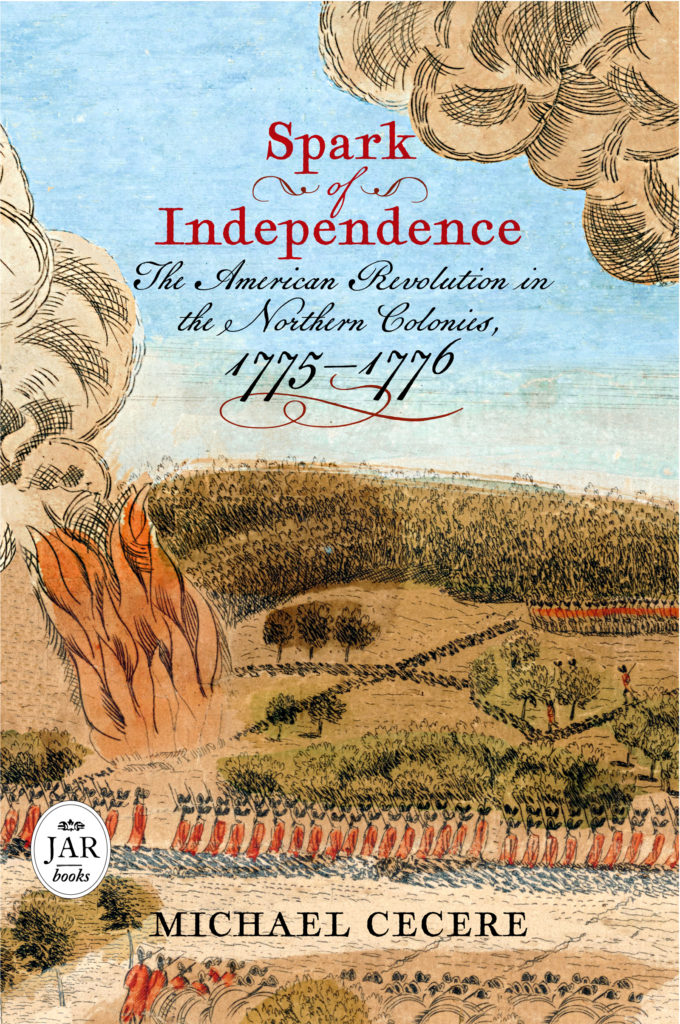

Spark of Independence
The American Revolution in the Northern Colonies, 1775–1776
$30.00 Add to Cart Save 25% on every book by joining our Book Club


The Third Volume in the Independence Trilogy
The Independence Trilogy seeks to answer one simple question. What happened in the thirteen colonies after bloodshed erupted at Lexington and Concord in April 1775 until independence was declared in July 1776?
For the Northern colonies, the traditional view is that they reacted as one in their opposition to Great Britain, each sending troops to Massachusetts to help form an Army of Observation that within two months of Lexington became the Continental Army. This is indeed what happened, and the events at Lexington and Concord, Bunker Hill, and the siege of Boston had a tremendous impact on each New England colony. But so too did other events that occurred in New Hampshire, Massachusetts, Rhode Island and Connecticut. Clashes with the British navy in far-away Machias, on the coast of present-day Maine, as well as in Boston Harbor, Massachusetts Bay, Buzzards Bay, Narragansett Bay, and the Long Island Sound; the destruction of Falmouth (present-day Portland, Maine), the bombardment of Stonington, Connecticut, and the threatened destruction of Portsmouth, New Hampshire, and Newport, Rhode Island, all contributed to the growing sentiment for independence that grew in New England following the outbreak of war. New Englanders, too, participated in the American effort to seize Canada in 1775 with troops under Colonel Benedict Arnold who marched through the wilderness of Maine to Quebec. New Englanders also joined General Philip Schuyler and participated in the capture of St. Jeans and Montreal. New England soldiers captured Fort Ticonderoga in New York just a few weeks after Lexington, and of course most notably, the Continental Army that besieged Boston in 1775 was comprised almost entirely of New England volunteers.
Like its companion volumes, Spark of Independence: The American Revolution in the Northern Colonies, 1775–1776 by historian Michael Cecere extensively uses primary source documents to explore both the well known and less-known clashes and events that occurred during the fifteen months between Lexington and Concord and the Declaration of Independence, and how these events contributed to the growing support across the colonies for independence from Great Britain by 1776.

Michael Cecere is a retired teacher who resides in Williamsburg, Virginia, with his wife. He earned his BA in History from the University of Maine at Farmington and two MA degrees in History and Political Science from the University of Akron, in Ohio. He is author of twenty-five books on the American Revolution, including the companion volumes March to Independence: The American Revolution in the Southern Colonies, 1775–1776 and United for Independence: The American Revolution in the Middle Colonies, 1775–1776, and nearly as many articles for the Journal of the American Revolution. He volunteers and works part-time at Colonial Williamsburg and is an active Revolutionary War reenactor with the 7th Virginia Regiment.
Designed to highlight new research and lesser-known aspects of Revolutionary and Founding Era history, the Journal of the American Revolution Book series features authors published by the journal as a forum to extend their expertise to book-length projects.